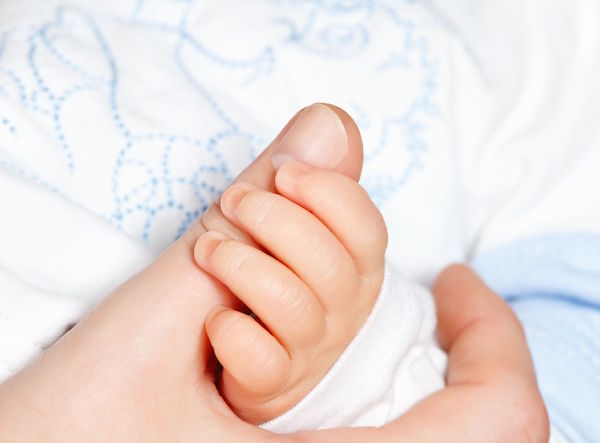
MONDAY, Jan. 16 (HealthDay News) — Lip reading is one of the ways that infants learn to talk, a new study reports.
The finding challenges the conventional belief that infants learn to talk only by listening to people around them, according to the Florida Atlantic University researchers. They also said their discovery may suggest new ways to diagnose autism spectrum disorders.
Videos of women speaking were shown to infants who were 4, 6, 8, 10, and 12 months old, and the researchers recorded how much time the babies spent looking at the eyes and mouth of the women.
The findings are published in this week’s issue of the Proceedings of the National Academy of Sciences.
“Our research found that infants shift their focus of attention to the mouth of the person who is talking when they enter the babbling stage and that they continue to focus on the mouth for several months thereafter until they master the basic speech forms of their native language,” David Lewkowicz, a professor of psychology and an internationally known expert on infant perceptual development, said in a university news release.
“In other words, infants become lip readers when they first begin producing their first speech-like sounds,” he added.
However, once a typical infant starts to develop language skills, they shift their main focus to the speakers’ eyes, demonstrating the need to gather socially relevant cues as they continue to gain more sophisticated communication abilities.
Along with providing new insight into infants’ speech development, the researchers said their findings suggest a potential new way to diagnose autism at an earlier age than is currently possible, which is about 18 months.
The researchers noted that at age 2, children with autism focus their attention on the mouth of a talker, while typically developing children focus on the eyes.
“When these facts are combined with our findings, it is likely that, contrary to typically developing children, infants who are as yet undiagnosed but who are at risk for autism may continue to focus on the mouth of a native-language talker at 12 months of age and beyond,” Lewkowicz said.
“If so, this would provide the earliest behavioral confirmation of impending developmental disability and would give clinicians an early start on intervention procedures aimed at lessening or preventing the most devastating effects of autism and other communicative disorders,” he suggested.
More information
The U.S. National Institute on Deafness and Other Communication Disorders has more about speech and language development.

